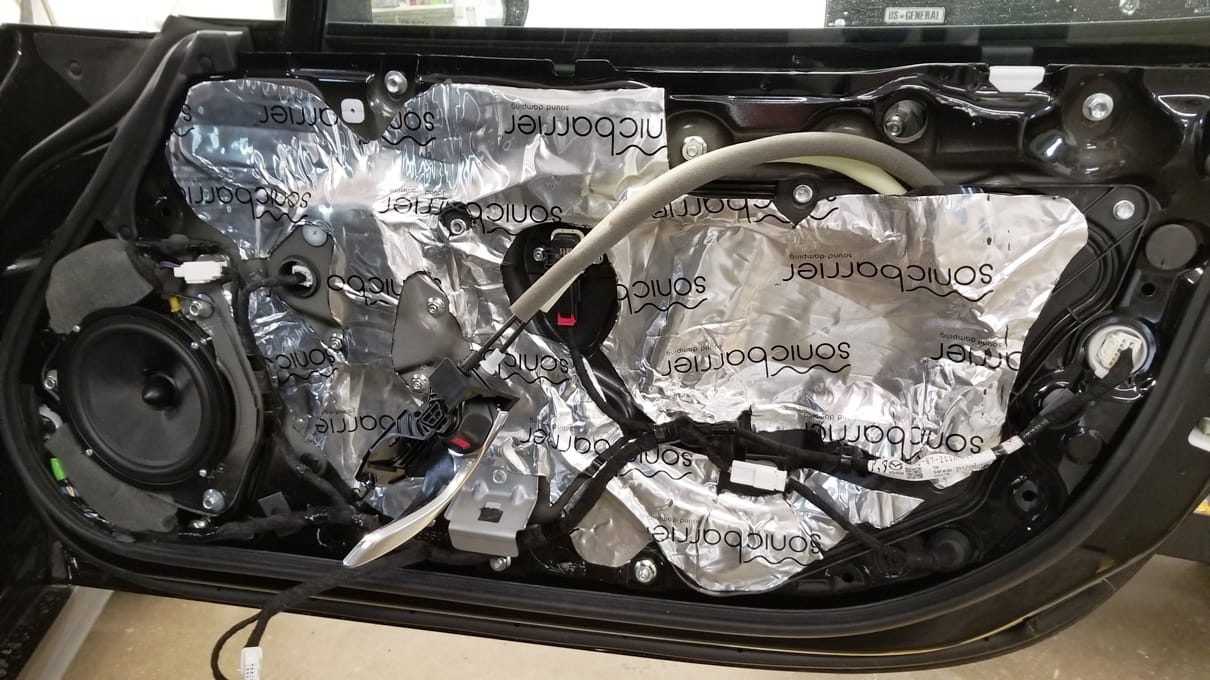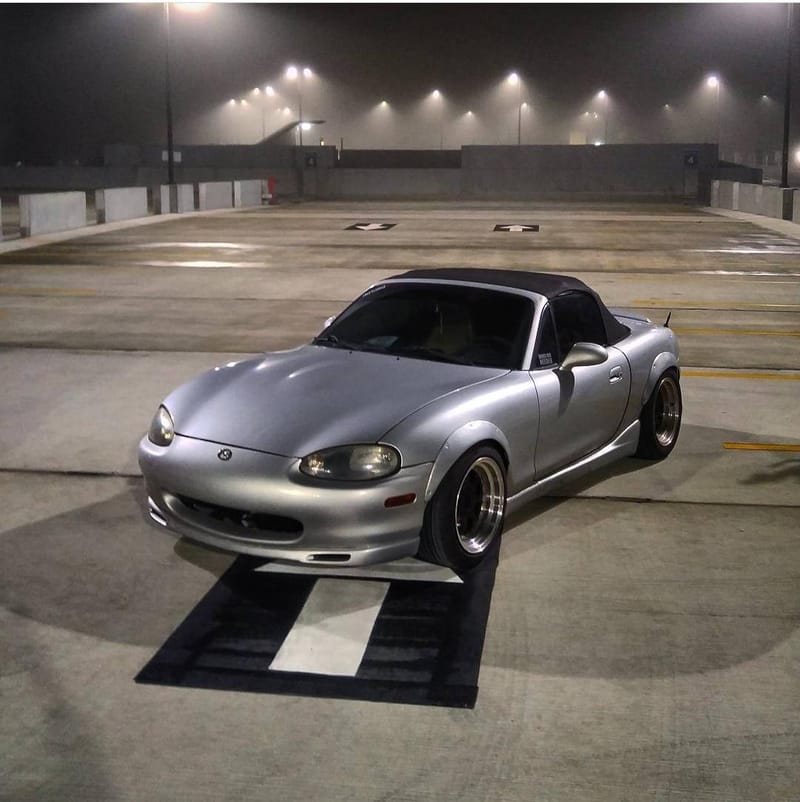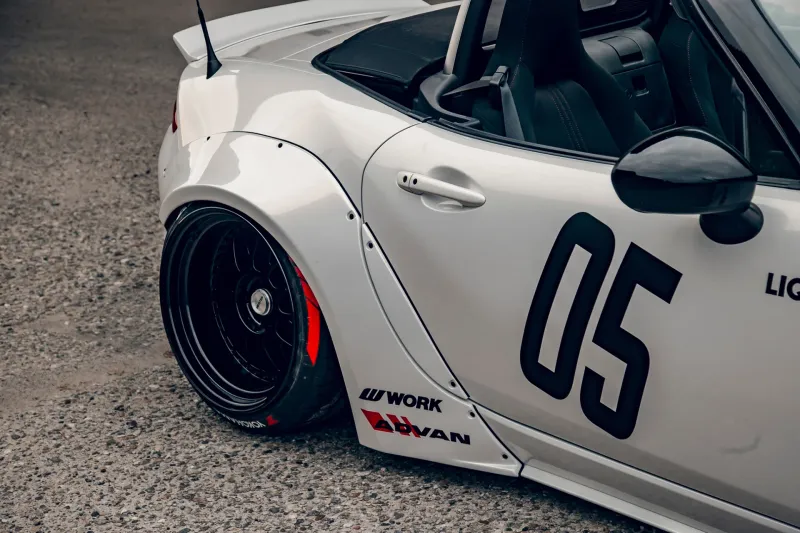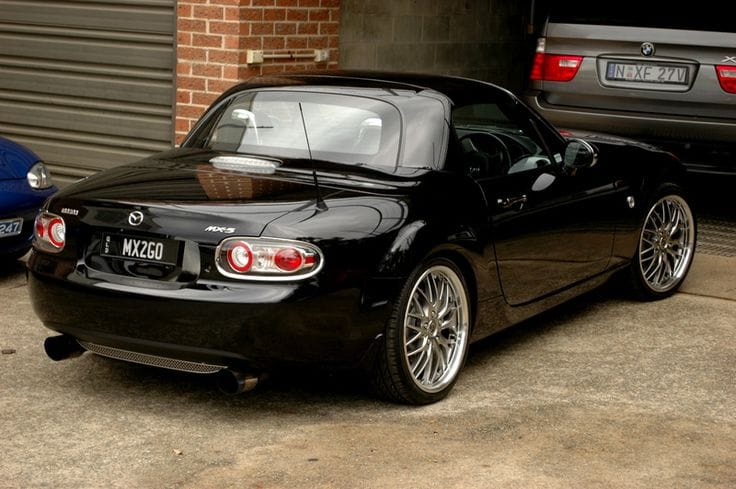DIY Miata Soundproofing: Reduce Cabin Noise for Better Comfort
MX-5s deliver smiles by the mile—but not without wind, tire, and exhaust noise at highway speeds. Strategic soundproofing targets the loudest offenders by frequency: panel boom, tire roar, wind rush, exhaust drone, and driveline buzz. With smart damping and just 60–70% coverage.

MX-5s are famous for grins per kilo, but at 100 km/h many owners end up shouting over wind rush, tire hiss, and a bassy floorpan. A strategic round of sound-proofing fixes all that without turning your lightweight sports car into a bloated grand-tourer. The secret is targeted damping: treat the single loudest path in each frequency band and you’ll pick up big decibel drops for pocket-change money and only about the weight of a slim passenger. Everything below is tuned for every MX-5 generation, from the bare-bones NA to the latest ND, using easy-to-source materials and hand tools you already own.
Five culprits create the noise cocktail. Panel boom (≈60–250 Hz) rumbles through floors and doors. Tire roar and stray gravel ping live higher up (250 Hz–1 kHz) and funnel in via thin wheel-house metal. Wind rush screams along the A-pillars (1–4 kHz). Aftermarket exhaust drones hover around 120–220 Hz, while driveline buzz (150–300 Hz) rides the shift lever and tunnel when worn mounts let the assembly shake against the shell. Kill each offender at its easiest entry point and a cabin that feels half as loud is within reach, often with just 60–70 percent panel coverage.
The parts list, money, and weight

Doing the job right means three core materials. First is an 80-mil (≈2 mm) constrained-layer butyl sheet for structural damping; a Miata needs 36–45 ft² (3.3–4.2 m²) depending on generation and costs roughly $49–$69. Second, add 6 mm closed-cell foam for decoupling at $19–$26. Touring drivers often install a third layer, a ⅛-in mass-loaded vinyl barrier, priced about $31–$38. Four aerosol cans of spray-on liner for the wheel arches run $62, and consumables, IPA, gloves, fresh trim clips, silicone grease, come to roughly $17.
A full “touring” package on an ND totals about $208–$242; an NA or NB runs a bit less, roughly $175–$200, because there’s less sheet metal to cover. Added mass is modest: around 9 kg on an NA and about 12 kg on an ND, call it the difference between driving solo and driving with a medium-size passenger.
Where to stick the stuff for maximum bang-for-buck
Doors first. Pop the panel, replace the shredded vapor barrier with painter’s plastic sealed by butyl tape, lay tiles over two-thirds of the outer skin, and stuff foam in the cavities. Fresh window guides and a dab of lithium grease usually trim nearly two decibels of rattly wind noise and sharpen mid-bass.

Floor and tunnel next. Seats out, carpet peeled, rust treated. Ten-centimetre strips of butyl down each side of the tunnel plus 50 percent coverage on seat pans and bulkhead can cut highway noise by four to five decibels. Top with foam; add a floating MLV sheet if you clock serious highway miles.

NA/NB rear deck. Lift the thin fiberboard, damp ~70 percent of the steel ledge, drop in an MLV strip, and gasket the board so it never squeaks.

Wheel wells and liners. Clean, spray two coats of Boom Mat inside the arches, and stick a few slim butyl strips to each liner. ND RF owners pick up another decibel by gluing foam above the alloy rear wheel-house cover.
Soft-top or hard-top tweaks. New canvas beats tired vinyl by roughly 1.5 dB. Hard-top owners can line the inner skin with butyl and foam; weight penalty is only ~700 g but the roof stops drumming.
Still hearing tappet tick? Glue a Thermo-Tec mat under the hood, keeping clear of the latch.
Generation-specific hiccups to avoid
- NA floors often show bare primer, prime any rust before damping.
- NB sill covers double as drains, keep their oval openings clear.
- NC boot floor is double-skinned, treat only the upper skin.
- ND RF trunk lid is bonded aluminum, use glued foam, not butyl.
How to prove the results
Tripod your phone at ear height, run a sound-level-meter app, cruise at 100 km/h, and log a 30-s average. A stock NA shows 77–79 dB(A); doors, floor, and wheel-well mods usually drop that to 71–72. NB cars fall from the mid-seventies to ~69–70; NC/NDs dip into the high-sixties. A five-decibel cut sounds about half as loud.
Lightweight tricks that cost almost nothing
Relube door check straps yearly. Keep tires at mid-spec pressure; 4 psi over-inflation can add >0.5 dB. Shop for EU-label tires rated ≤72 dB. Frame-rail and butterfly-style braces stiffen the shell so seals can seal and panels quit fluttering.
Which package fits your driving style?
- City commuter (doors + arches): adds ~4 kg, costs ≈$113, kills grit ping and tire hiss.
- Highway tourer (doors + floor + deck): 9–12 kg, ≈$208–$242, delivers ~5 dB drop.
- Track-day & long-drive set-up (floor, tunnel, deck only): ~6 kg, ≈$138, trims drone without door weight.
- Weekend canyon carver (hard-top lining + braces): <3 kg, ≈$87, removes shake with no speed penalty.
Final checks before you snap the trim back
Ensure every harness clip is seated, drain holes are clear, and door gaps are even, 2 mm of mis-alignment can erase half your seal gains. Torque seat bolts to spec (44 N·m front / 49 N·m rear on NA–NC, 34 N·m on ND). Always test-drive with the interior still bare to chase any new rattle before the carpet hides it.
Carpet back, panels on, key turned, you’ll still hear the intake snarl and feel the breeze, but the highway drone and tire hiss will be history, and your ears will thank you when you step out after three hours on the road. That’s peak Miata soul, refined rather than silenced.




